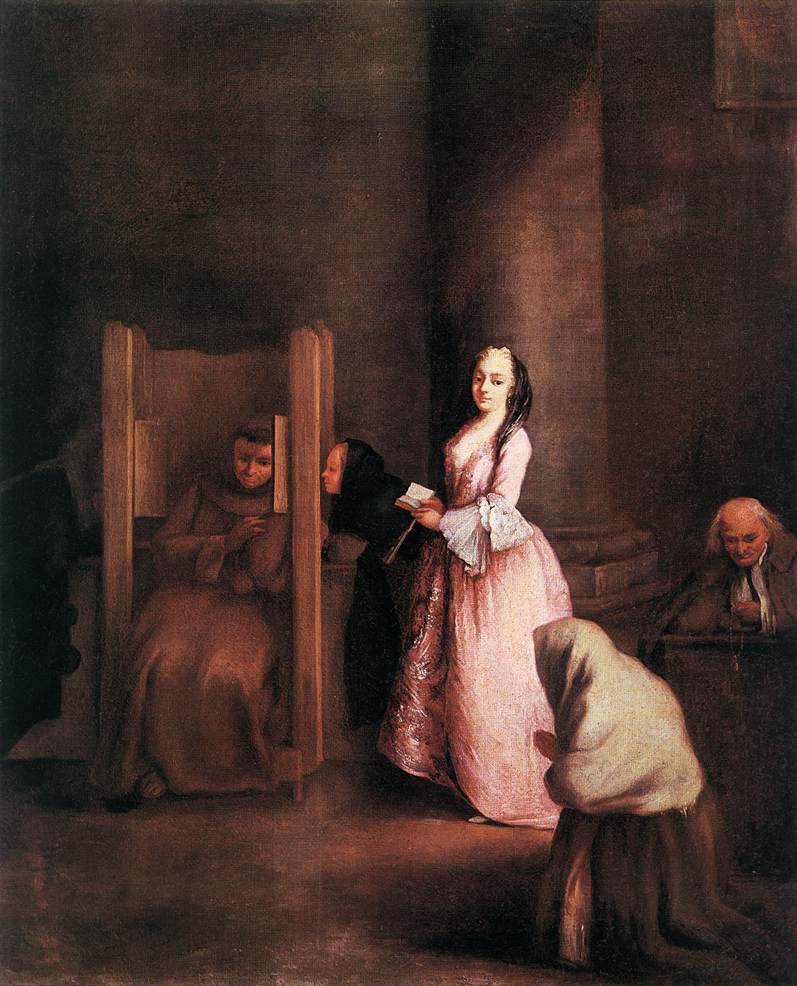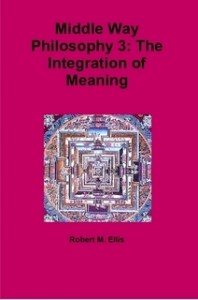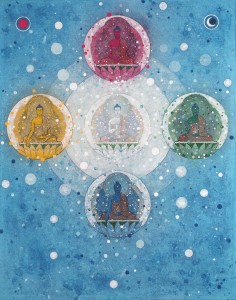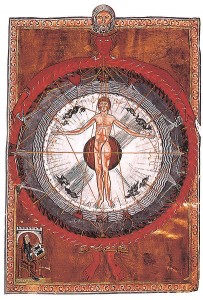To talk of an archetype is just to talk of a basic, universal psychological function that we can either project or take responsibility for as part of ourselves. Religion, art, and myth are of course rife with archetypes, but there’s no reason to assume they stop there. Archetypes can be found in every field of human experience. So why not science?
I’ve been thinking recently a bit more about what scientific archetypes might be like. Since scientists and other supporters of science are people, we can expect the same four basic archetypal functions in them as in anyone else, but they are likely to take a rather different outward form, because scientific culture makes such a point of avoiding ‘subjective’ stories (unless they are the object of scientific investigation themselves). So scientific archetypes are likely to avoid traditional forms, but (since they are based on the human mental constitution) nevertheless emerge.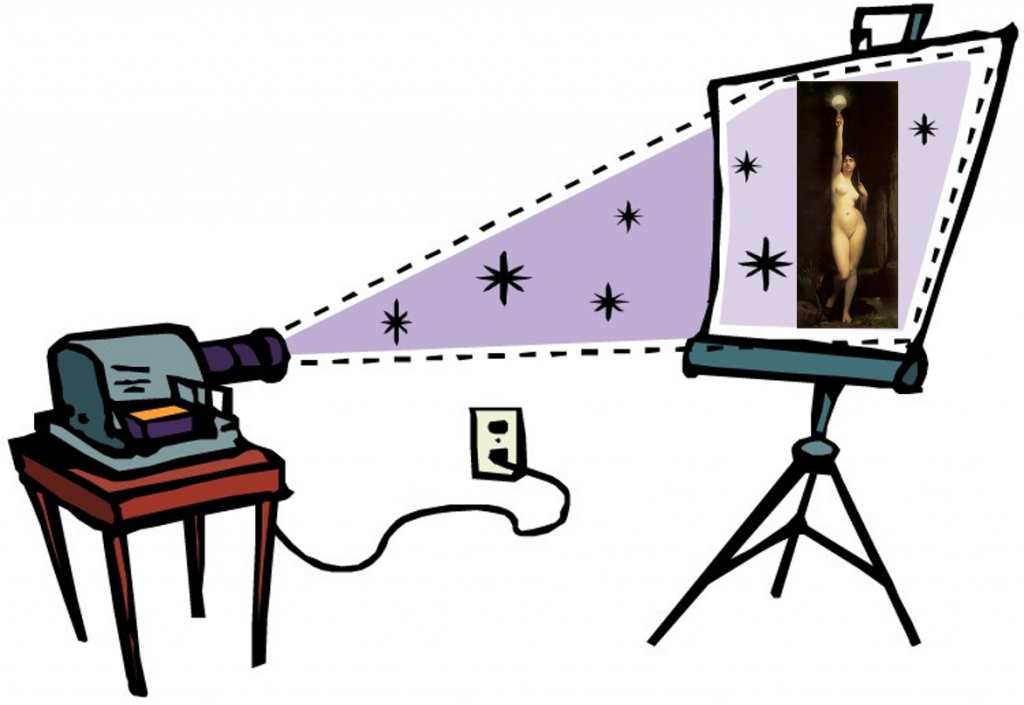
If scientists don’t acknowledge their own stories, that creates a new danger of projection, where the stories are simply played out in the ‘objective world’ without recognition that they are a result of the biases and assumptions of the scientist. The fact that much scientific ‘rationality’ depends on procedures to eliminate bias that are followed at a group level, rather than just individual thinking, increases that danger. So I thought it might be helpful to try to identify some scientific archetypes to look out for. This can also provide another way of distinguishing science from scientism. Scientific method itself is entirely compatible with acknowledging the biases represented by these archetypes, but scientism is equivalent to projecting these archetypes outwards without acknowledgement (particularly the final one).
So I’m going to base my suggestions for scientific archetypes on the four basic archetypes I’ve described elsewhere: for example in my 2014 talk, and book Middle Way Philosophy 3. These are the hero, the shadow, anima/animus, and the God archetype (which Jung also called the self).
The hero is the archetype of the ego, representing our idealisation of what we can achieve in the form we identify with at the moment. I recently discussed the hero in another blog. We identify with the heroes in stories because they are striving for goals in the face of difficulties just as we are, and we feel their triumph as they achieve them. So, who is the hero in science? Well, the scientist of course. Maybe it’s Galileo whom we identify with as a martyr for the cause, or Einstein as the genius who overcomes the doubters. The scientific hero may slay the dragons of ignorance, or perhaps of pseudoscience, religion or irrationality, to win the fabled Nobel prize and carry it home in triumph. The scientific hero is projected when you really think that someone else is like that and you really believe in their goals 100%, or perhaps that you yourself are such a hero. Such an archetype can be integrated when you recognise that figures like Einstein can be inspiring, but they’re also complex, and that the desire to slay those particular dragons is based on limited assumptions that may need further examination.
The shadow is the archetype of evil, based on what we reject. The Shadow is often identified with Satan or other evil figures, but can be projected onto someone we hate, who then gets a whole host of shadowy attributes given too them. For example, the boss frustrates you in your current project, so you fantasise that he is nasty in every respect, not realising that he actually goes home and has a wonderful relationship with his children. The shadow for science has already been mentioned as the target for the hero: probably pseudoscience, religion, a rival theory, or whatever is understood as standing in the way of science. For example, you may have identified one way in which you think homeopathy is mistaken, but you then project that evil ignorance onto every other aspect of homeopathy. That means that when examining it you will be heavily subject to confirmation bias that makes you interpret positive or neutral information negatively. To integrate that archetype and avoid projection, you would need to recognise that although some specific beliefs held by those you reject may be unhelpful, you can separate the overall shadow from the figure you reject, who will be much more complex and multifaceted.
The anima/animus is the archetype of the attractive other, which most commonly takes a form sexually opposite to the one you identify with. Falling in love is a common indicator of a projection of the anima or animus: usually with a person, but it could also happen, say, with a place, a subject, a book, or an animal. You believe it to be wonderful precisely because it has qualities you lack yourself, and as a result you fail to see that you could develop more of those qualities in yourself rather than seeking them elsewhere. A scientific anima/animus could be an attraction for something perceived as non-scientific, perhaps even irrational. Thus scientists can be observed not only falling in love with non-scientists of the opposite sex, but also going in for escapist fantasy, or even adopting a religious or new-agey view precisely because it doesn’t fit their normal requirement of scientific rationality. The projection of the archetype depends on that blindness to the incompatibility of the two worlds, because you don’t want to have to make the effort of being rational all the time. To integrate that archetype, though, you’d have to admit the incompatibility and find an overarching understanding that could contain both your scientific self and your fantasising self. In the process you might loosen your assumptions about what ‘rationality’ is and how humans can make use of it.
The God archetype is the big one, that I find those with a scientific worldview are least likely to acknowledge, obsessed as they are likely to be with the ‘existence’ or otherwise of God. The God archetype is a foretaste of a state of integration, also variously called the self, or the wise old man or woman. If you project the God archetype, you believe that there is a God (or a person) beyond yourself who has the energy, wisdom, positivity and awareness that you’d normally attribute to an integrated person – but, in the case of God, to an infinite degree. You might also project that archetype onto a guru, a Buddha, a wizard, a healer, a teacher etc, or even onto yourself if you start to believe that you are perfectly integrated. If you integrate that archetype, though, you recognise that it is your own integration your dealing with, that integration is always a work in progress, and that the people you may be projecting it onto are imperfect.
I have already written a blog that touches on the God archetype in science when I wrote about idealised figures of truth. Truth is one of two major concepts that I think scientists are likely to project the God archetype onto, the other being Nature. Compared to the imaginative richness of religious representations of God, of course, scientific concepts of truth or nature are likely to be rather dry and abstract, and not often given an imaginative form such as a personification. Nevertheless, it seems clear that some scientists routinely project an absolute truth or nature, either by believing that their theories are ‘true’ and that they know ‘laws of nature’, or that, even if they haven’t achieved it yet, truth and nature are achievable and scientific theory is capable of describing them. Thus they project a quality that depends on their actions, attitudes and procedures (objectivity) onto the universe itself.
Just as with God, there is no harm at all in having truth or nature as archetypes representing your goals. As such they can be highly meaningful. However, if you assume that the object of your efforts really exists out there, you make a similar basic mistake to those who believe in a supernatural God or a perfect lover. To integrate such projections, we need to separate out the archetypal symbol and recognise it as such, but refrain from projecting it onto the people or things in the world around us, or even the world as a whole.
Of course, it’s not just scientists who may be subject to the scientific versions of unintegrated archetypes. They may increasingly just be products of the scientific worldview as it is also adopted by others. As a group, scientists are also probably more likely to detect these kinds of projections than most other people. So I don’t want to be read as having a special go at scientists, only as pointing out that they are subject to exactly the same processes as everyone else, and it would be rather surprising if they were exempt. Reflecting on the presence of these archetypes might also help to discourage the more naïve versions of scientism in which the scientifically-influenced make metaphysical assumptions that they believe are justified by scientific results.
Picture: composite of projector with ‘Truth’ sculpture by Lefebre

